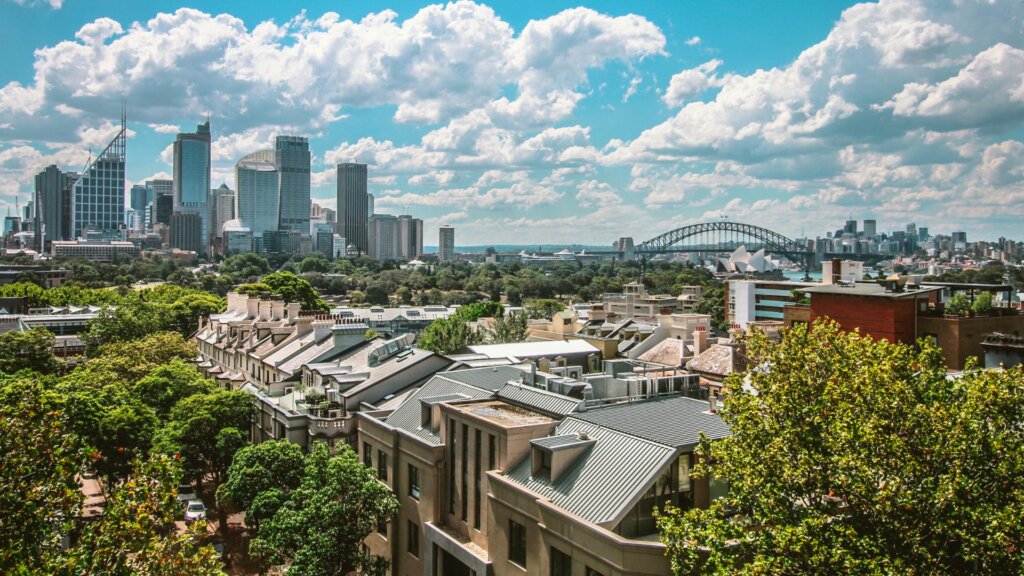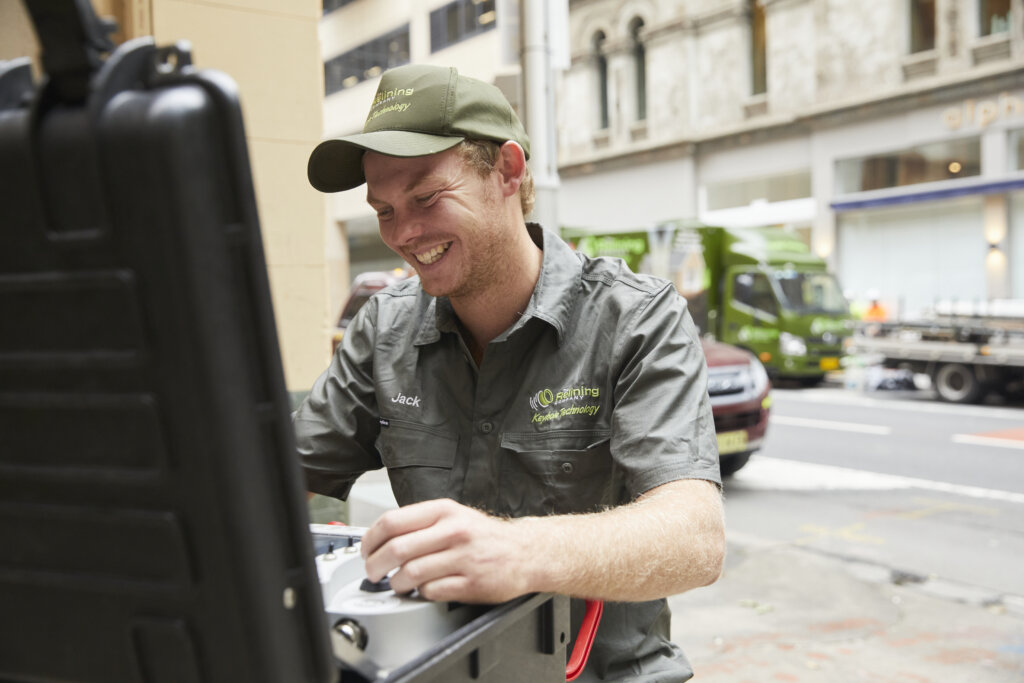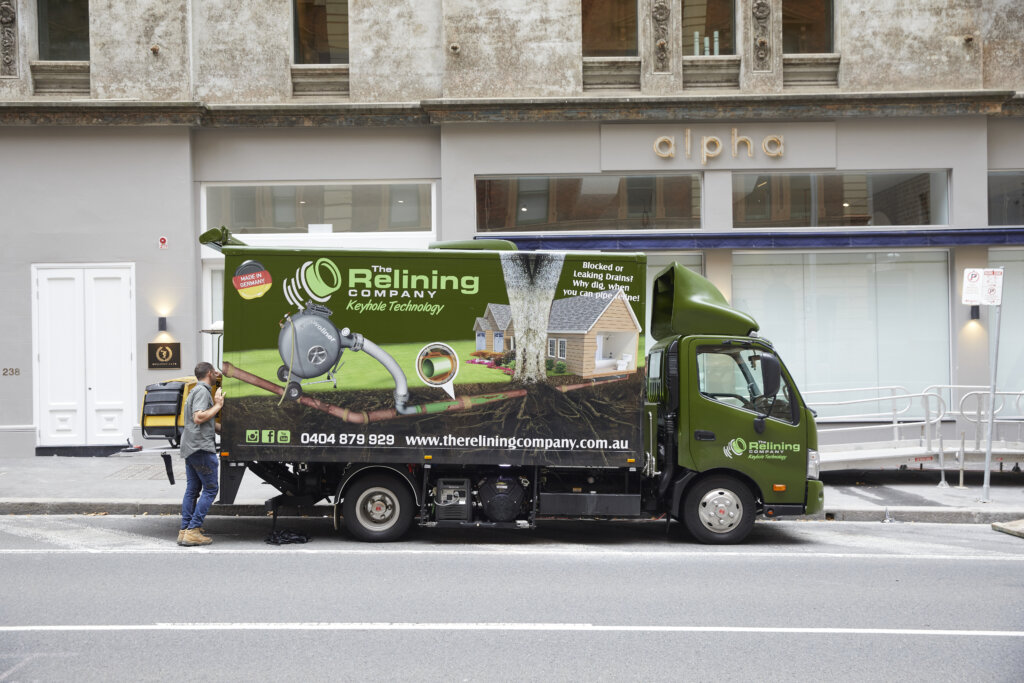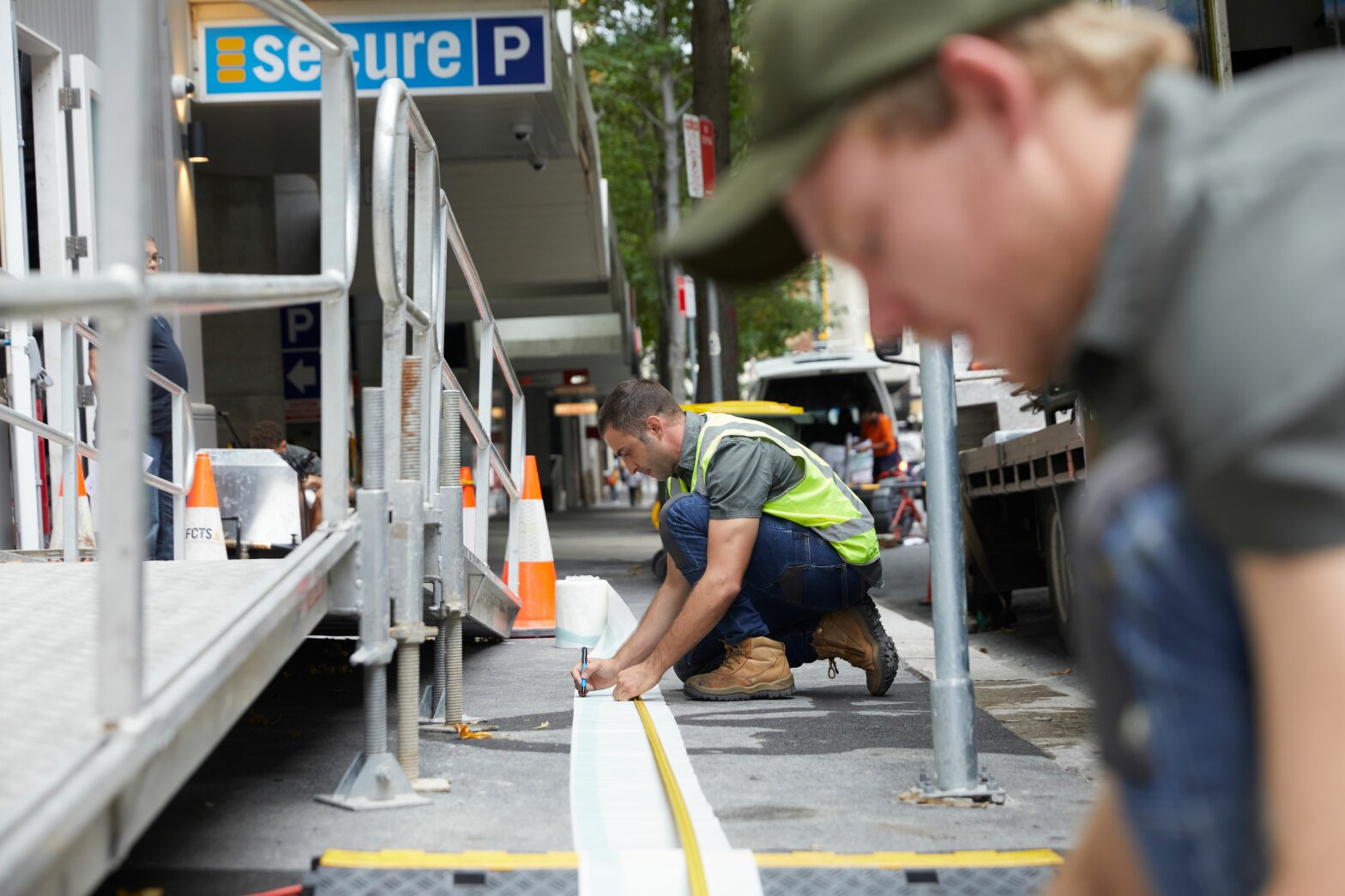More than two-thirds of Australians live in major cities, and CSIRO estimates that this number could increase by 20 million people by 2050 — that’s urbanisation in action.
This global trend sees people move from rural countryside suburbs into urban, more densely populated areas like towns and cities, leading to population growth in these places.
This puts a huge amount of pressure on aging and underdeveloped water infrastructure, like sewer systems. As communities scramble to devise the best solutions, some homeowners wonder how their actions impact their local sewage system.
Urban Development’s Impact on Sewer Systems
Population growth will put unprecedented demand on water infrastructure as more sewage and stormwater are produced. This raises questions about current urban water systems’ sustainability and capacity to handle increased demand.
How are Australian cities coping with urbanisation pressure and increased water use?
CSIRO cites Sydney as an example of a city where efficient water recycling strategies and demand management successfully reduced water consumption. It also acknowledges the water savings that were achieved in South East Queensland during the millennium drought thanks to government regulations forcing people to use less water.
These are solid examples of how water management techniques have evolved as urbanisation puts pressure on our water systems, giving hope that similar technologies and strategies could be applied to sewer systems elsewhere.

Sewer Systems Challenges as Communities Grow
Overflows occur when untreated or partially treated sewage from municipality sewers is released into the environment. Studies have found that urban development and population growth have a larger impact on sewer system overflows than even some climate change-related events.
With improper city development, wastewater systems can become overloaded as they attempt to service too many homes and businesses. More people often means more problems, such as blockages. On top of this is the cost of replacing aging infrastructure.
Strategies for Managing Increased Pressure
Much debate exists about the best way to tackle the increased pressure on sewers, with better urban design, planning solutions, and water management systems being top of the list.
Densification in existing urban areas and the increased use of technology, such as smart water meters and leak detection systems, may also be appropriate responses. Even with these measures in place, expansion of services and upgrades to our current sewerage and wastewater infrastructure is unavoidable.
To combat the problem of ageing water infrastructure, water distributors have responded by using pipe relining to increase the lifespan of pipes that deliver and remove water from our homes. If pipe relining is deemed appropriate by water authorities, it may also be a reliable solution for your home.

What role can homeowners have in reducing pressure on the sewer system?
Homeowners should consider water-use reduction strategies such as installing water-saving appliances and shower heads.
They should also keep home drainage systems as well-maintained as possible. Chemicals tipped down the drain to flush out blockages contaminate groundwater and local waterways with pollutants, reducing the effectiveness of wastewater treatment and recycling strategies. Closer to home, they can also damage your pipes.
Homeowners who tip cooking oil down the drain and flush foreign objects down the toilet contribute to large-scale problems in municipality sewer systems, such as ‘fatbergs’. Plumbing systems that send wastewater down the sewer can overload wastewater treatment plants and divert this water supply from other uses. Broken or leaking sewer pipes can cause groundwater contamination.
Therefore, homeowners should consider the benefits of regular maintenance, such as CCTV inspections, to ensure pipes and drains are in good condition and durable long-term repairs, such as trenchless pipe relining, to help reduce pressure on sewer systems.
Who is Responsible for Sewer System Problems?
It can sometimes be easy to forget that what goes down your drain at home can greatly impact your town or city’s wastewater management system.
Once it leaves the home, wastewater from our kitchens, bathrooms, and laundry goes to wastewater treatment plants, where it is treated and released back into the environment for drinking water and crop irrigation. This is why sustaining the health of home sewer systems is vitally important.
You can learn more about sewer problems in rental homes, private property and public spaces in our article Who is Responsible for Blocked Sewer Drains in Sydney?

Notice an Issue with Your Existing Sewerage System?
Keeping privately maintained sewage systems in good working order can have positive economic and environmental impacts beyond your own home or business.
By adopting water-saving measures, taking note of what you put down the drain, adopting regular maintenance schedules and undertaking eco-friendly repairs like pipe relining, Sydneysiders can do their bit to ease the immediate pressures on our water infrastructure.
Having problems with your sewer system? Have you noticed foul odours or blockages? The Relining Company can help. To learn more about our innovative pipe relining solutions that can fix your pipes for good, call us on 0488 885 166.
Back to Top